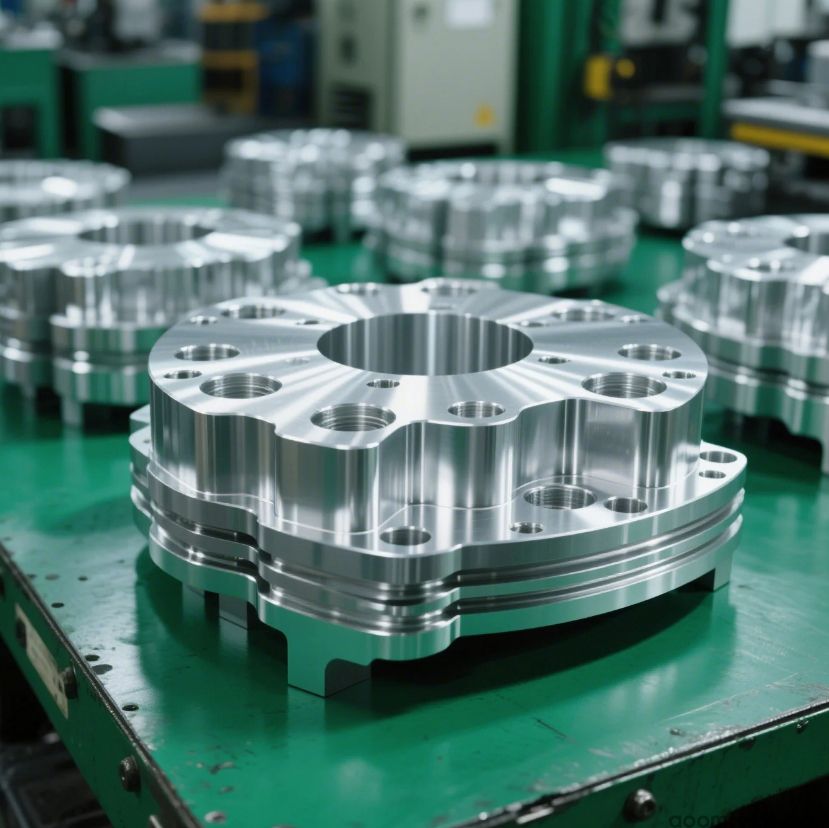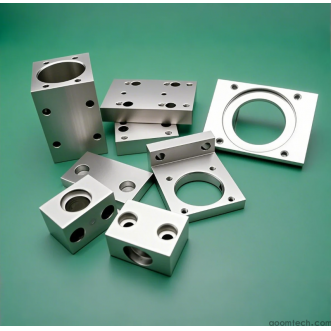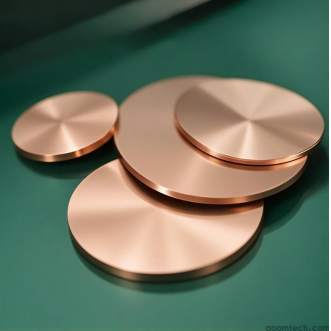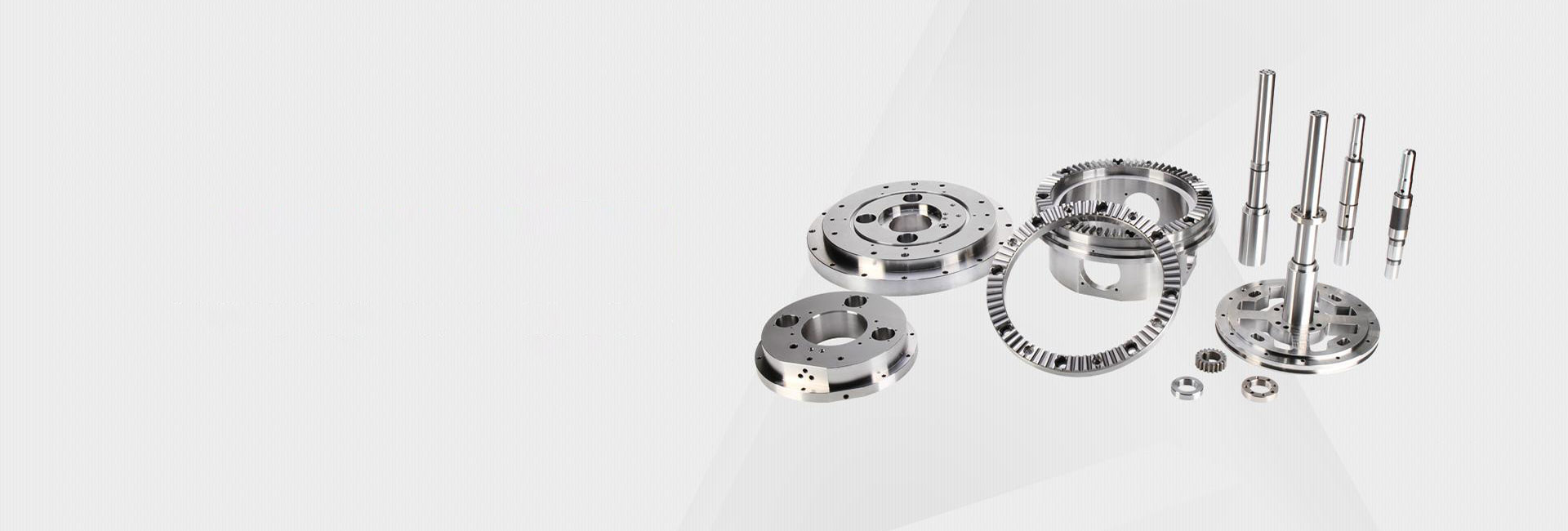Your Guide to Custom Non-Standard CNC Machining Parts: Solutions & Process
Ever had a brilliant design in mind, only to find that standard, off-the-shelf parts just won't cut it? 😫 You're not alone. This is the exact headache that leads many engineers and procurement managers to search for "non-standard CNC machining parts." It's that frustrating gap between a concept and a tangible, precision-made component. But what if navigating this process was less of a mystery?
Let's break down exactly what you're getting into and how to approach it smoothly.

What Exactly Are Non-Standard CNC Machining Parts? 🤔
Think of it like this: standard parts are the pre-made ingredients you buy from a supermarket. Non-standard parts are the fully customized dish you ask a chef to prepare from your own recipe. They are components that are machined from scratch based on your unique drawings and specifications. They don't exist in any catalog because you are creating them. This could be due to a special shape, a specific performance requirement, or the need to fit into a unique assembly.
Why Would You Even Need a Custom CNC Part? 💡
This is the core of it. Most of the time, it boils down to a few key reasons:
- Your Design is Unique: Your product has a specific form or function that standard parts can't fulfill.
- Performance is Key: You need a part made from a particular material to handle stress, heat, or corrosion in a way standard options can't.
- Integration is Everything: The part must fit perfectly into an existing, complex system without any compromises.
Sometimes, the need for a custom part is obvious. Other times, it's a discovery you make after trying to force a standard solution to work. It's a classic case of the square peg and the round hole.

The Step-by-Step Journey of Getting Your Part Made 🛠️
Okay, you've decided you need a custom part. What now? The process is more straightforward than you might think.
- Share Your Blueprint: This is your starting point. You provide a detailed drawing or a 3D CAD model. The more detail, the better.
- Talk Materials and More: You'll discuss material choice, surface finish, tolerances, and the required quantity.
- Get a Quote: The machining partner will analyze your design and provide a cost and timeline.
- Production & Quality Check: Once you approve, they machine the part and rigorously check it against your specifications.
From my experience, the first step—having a clear, communicative dialogue with your supplier—is arguably the most important. It sets the tone for everything that follows.
What Should You Look Out For? (The Not-So-Obvious Stuff) ⚠️
While the basic steps are clear, the success often lies in the details. Here are a couple of things that don't get talked about enough.
- Communication is a Two-Way Street: A good supplier will ask questions about your design. Maybe a slight tweak can make the part stronger or cheaper to produce without affecting its function. This collaborative spirit is gold.
- It's Not Just About the Lowest Price: I get it, budget matters. But the cheapest option might cut corners on material quality or inspection processes. A part that fails costs you more in the long run.
Design for Manufacturability: This is a big one. Sometimes a design is theoretically perfect but a nightmare to machine efficiently. The specific mechanics of how a certain internal corner might be impossible to mill, for instance, is an area where I fully rely on the machinist's expertise. A good partner will guide you here.

A Quick Thought on Tolerances and Perfection 🎯
We all want our parts to be perfect. But here's a little secret from the manufacturing world: perfection is a spectrum defined by tolerances. Specifying extremely tight tolerances across the entire part will drive up the cost and time significantly. It's a balancing act. Ask yourself: which dimensions are critical for function, and which can have a bit more leeway? This kind of thinking can lead to massive savings. This approach perhaps suggests that the most expensive part isn't always the most suitable one for the job.
At the end of the day, getting a non-standard part made is about solving a problem. It's about turning a constraint into an opportunity for a better, more optimized product. The right partnership makes all the difference. 🚀
 How is the price calculated fo
How is the price calculated fo
 How Does a High-Precision CNC
How Does a High-Precision CNC
 What Factors Affect CNC Machin
What Factors Affect CNC Machin
 How to Choose a Supplier for C
How to Choose a Supplier for C


